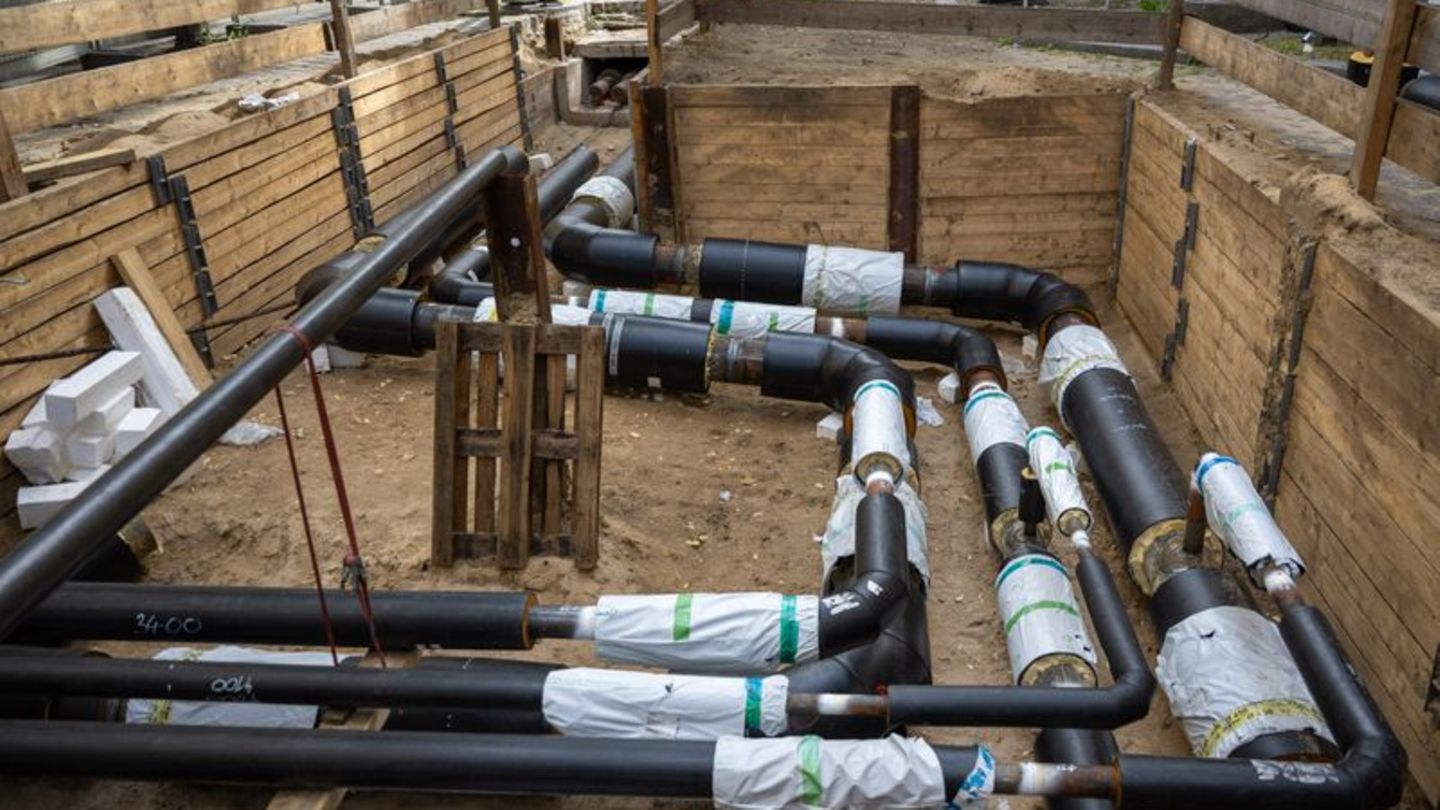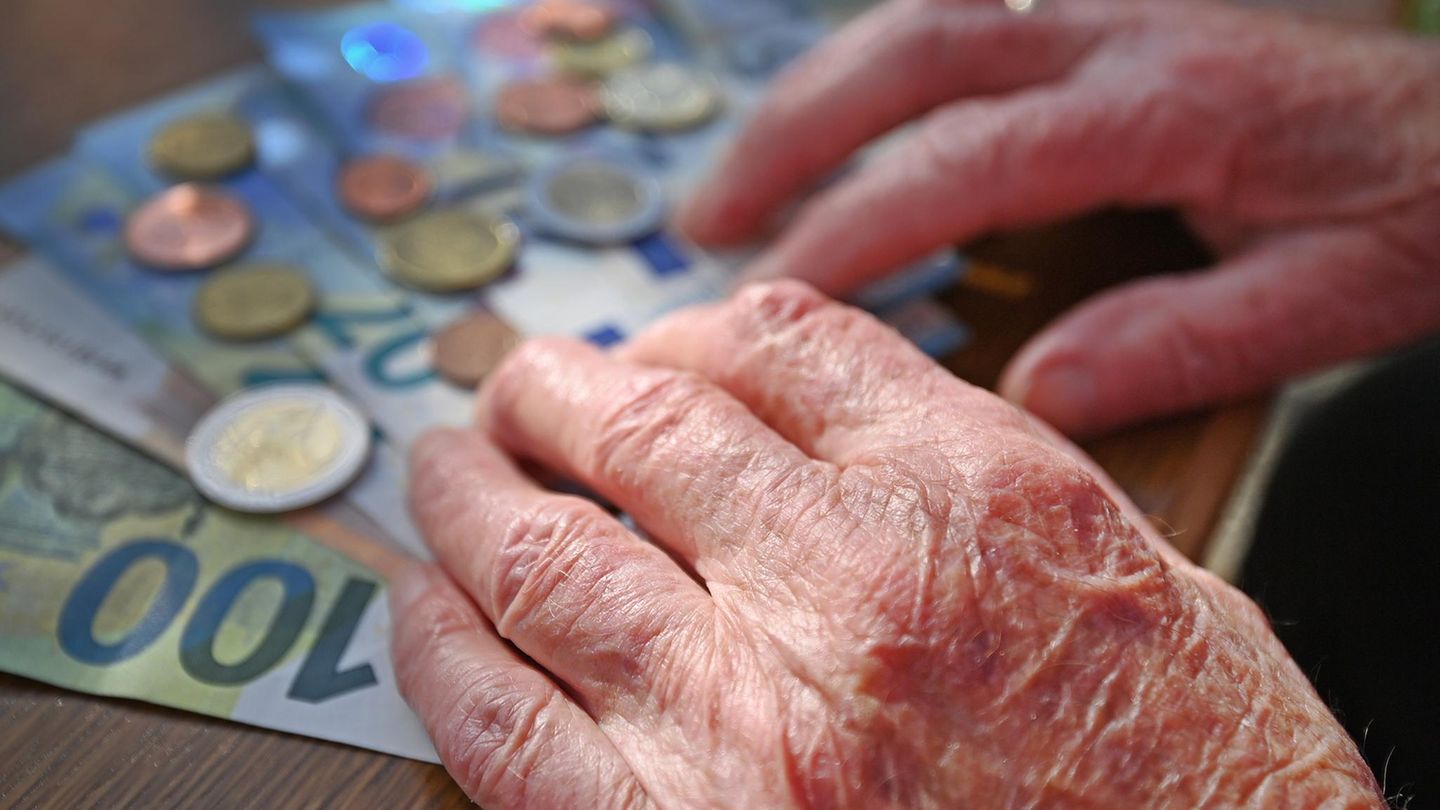Municipalities are currently drawing up complex heating plans for their areas. District heating is currently seen as a beacon of hope and an alternative to electric heat pumps. But the costs are rising.
The planned expansion of district heating networks in Germany threatens to be significantly more expensive than previously assumed. Prognos AG is currently assuming an investment volume of 43.5 billion euros for the period up to 2030, as it reports in Frankfurt. This is an increase of around 10.6 billion euros compared to the original study from 2020. The study was commissioned by the district heating association AGFW and the Association of Municipal Companies (VKU).
German municipalities are currently developing so-called heat plans for their area. On this basis, decisions are also made as to whether private households should be connected to district heating networks or whether they should provide their own emission-free heating systems, for example with heat pumps.
According to political guidelines, the share of renewable energies and unavoidable waste heat is to be increased to at least half of the district heating supply by 2030. In the medium term, at least 100,000 new buildings are to be connected to the grid each year. By 2045, around 3.6 million residential buildings with 14 million residential units are to be heated and supplied with hot water via district heating.
The associations also derive a higher need for funding from the higher investment requirements. This will rise from 3 billion euros per year to 3.4 billion euros by the mid-2030s. Federal funding for efficient heating networks has actually been approved at 3.5 billion euros for the period up to the end of 2028. This is far from enough for the heating networks to make their contribution to achieving the climate targets.
Communication AGF and VKU
Source: Stern




